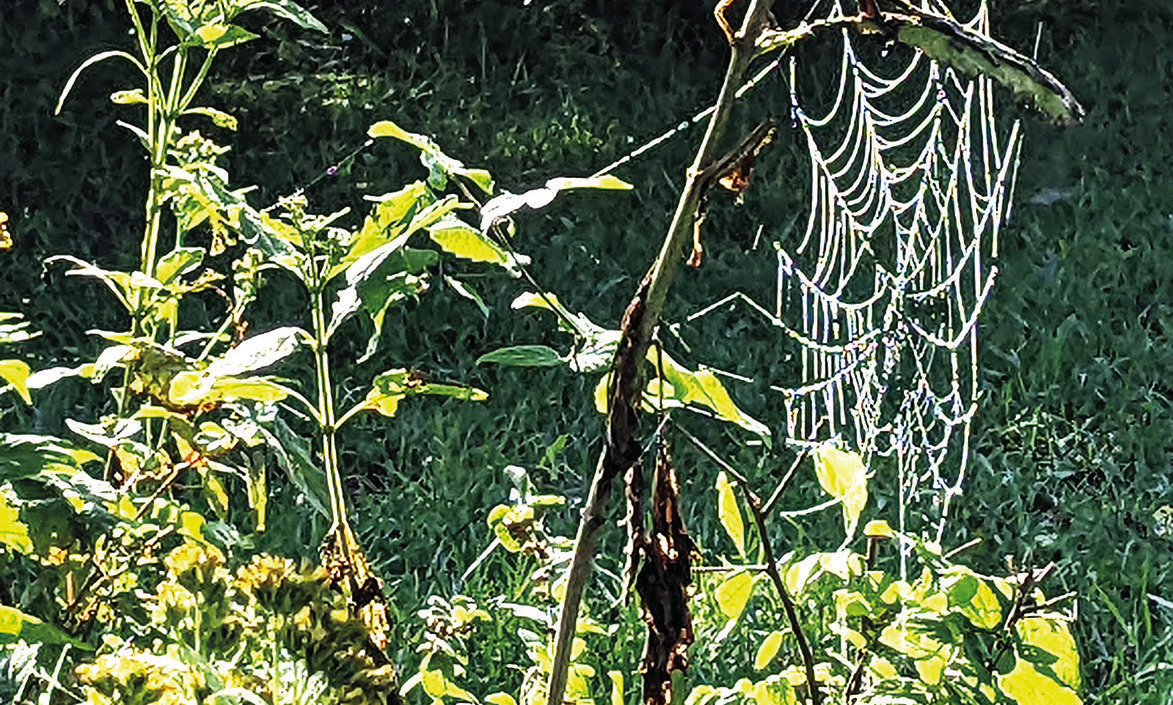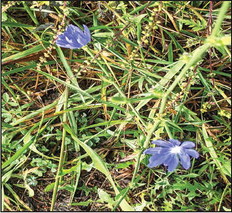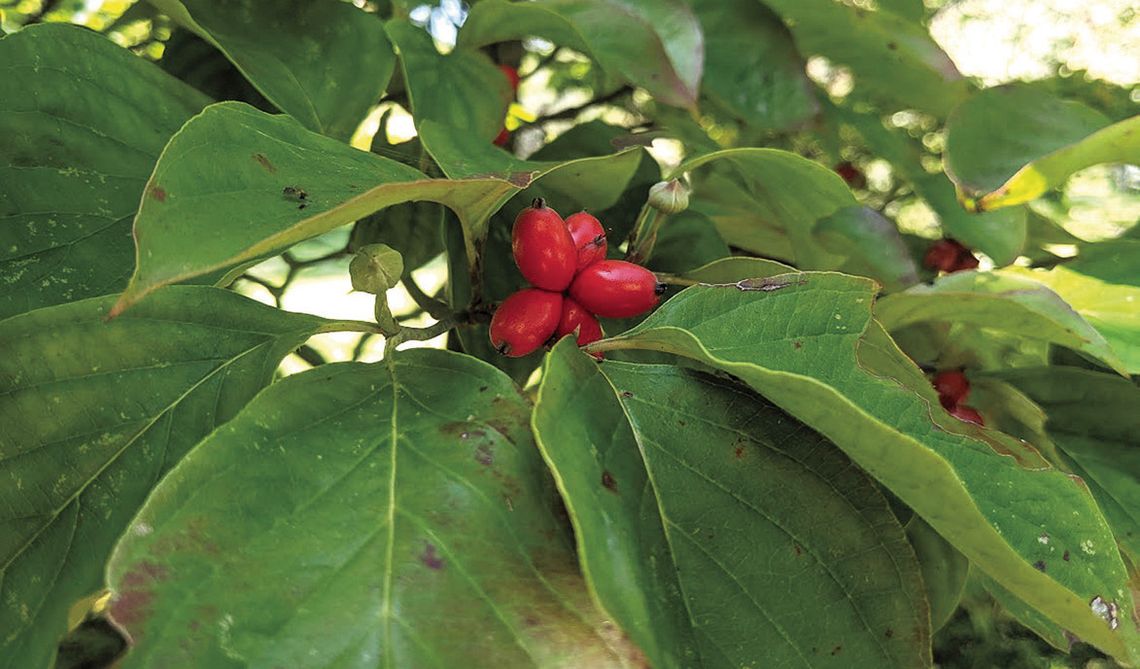Editorial
Editor’s note: We thought we’d take a break from all of the political noise this election season and offer a reminder of the other season that is upon us – fall. Kit Huffman, former News-Gazette reporter and lover of all things nature, has written the following piece about one of her early fall walks on her property, and we invite you to exhale and take this walk with her.
You think it’s all over, and then you’re arrested by a clump of scarlet berries glowing from the battered brown and green leaves of the dogwood tree like multiple stoplights, telling you to halt or at least give way.
Having paused and taken note, one soon finds another surprising early fall brilliance in the translucent white petals of the winter anemone, planted all those years ago by the gate to punctuate the entrance and announce that here lives a gardener, or rather one who willingly accepts tips and plants from real gardeners and faithfully waters the plants that are given her.
There’s too much shade on the western side of the gate from redbud and cherry trees, once small but now grown up and out, for the anemones there to flourish, but the eastern half of the planting is doing well, surviving weeding neglect and shooting up and blooming right on schedule.
In the old days, we used to water these plants in a dry late summer to encourage them to do their stuff. Recently, I haven’t bothered, and this fall, spurred on by the heavy outskirts of Hurricane Helene, the flowers are brighter than ever. Winter anemone may be the plant’s name, but these blooms mean fall to me, a survivor’s emblem after a long hot summer.
Wildflower Lane is what I call the steep walk up the gravel driveway, shaded by straggly cedars on the right and a looming, still leafed, walnut tree in the curve at the top. The tree was once hit hard by a visitor’s truck coming along too fast and bears the scar in its bark, a history little known but still visible.
The colors here, along the lane, are startling, too – the blue of low-flowering chicory, the pink of clover planted half a century ago and still spreading, an unnamed white-and-yellow miniature daisy, yellow stickweed, which is the bane of the farmer’s pasture. Queen Anne’s Lace is a rarity this late in the season, but there, on the pasture upland, is a remnant specimen, blooming as though news of fall hasn’t quite arrived there yet. It’s muggy, still, and warm, but not with the building heat of summer. One has the conviction that this is as hot as it will get today or, for that matter, any day until next year.
The striving and growing and production of summer are over, and yet the message is all around of the plucky dominance of nature, even as the light slants and the days shorten. It’s still worthwhile to go outside, with a trusty hound, perhaps, or a friend, or a fragment of music that lingers to keep step with the morning.
And what is that I see, fluttering swift and low over the stickweed pasture like an orange petal given wings? My guidebook, “Butterflies through Binoculars,” tells me that it’s most likely an orange sulphur, described as a “strong flying medium sulphur of open fields, abundant April-Nov.” Abundant the insect may be, but today I see just one, enlivening the landscape with its energy. I will keep an eye out for this cheerful butterfly over the next few mornings, and feel certain I will know it again.
The walk is finished, the hound ready to return home, the red gate waiting. But there’s a final sign waiting strung between the tall weeds on the homestretch. A spider has built its web during the night and there it is, outlined by the dew. No bug will blunder now into this obvious trap, signaled with light. Instead, it serves a different purpose, attracting my attention and the lens of my camera. I am caught, but not trapped. Next time I pass this way, the web will be gone.

A SPIDER WEB is outlined in the early morning dew. (Kit Huffman photo)

LOW-FLOWERING CHICORY are among the flowers blooming in the fall. (Kit Huffman photo)
.jpg)



